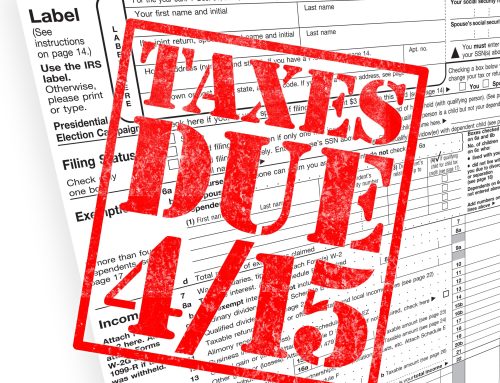Article Highlights:
- Child Under the Age of 19 or a Student Under the Age of 24
- Kiddie Tax
- Tax on a Child’s Earned Income
- Deduction for the Business
- Employment Taxes
- IRAs and Retirement Plans
You might consider hiring your children to help in your business. Financially, it makes more sense to keep the family employed rather than hiring strangers, provided, of course, that the family member is suitable for the job.
Rather than helping to support your children with your after-tax dollars, you can instead hire them in your business and pay them with tax-deductible dollars. Of course, the employment must be legitimate and the pay commensurate with the hours and the job worked. The following are typical situations encountered when hiring family members.
Employing a Child – A reasonable salary paid to a child reduces the self-employment income and tax of the parents (business owners) by shifting income to the child.
For 2023, when a child under the age of 19 or a student under the age of 24 is claimed as a dependent of the parents, the child is generally subject to the kiddie tax rules if their investment income is upward of $2,500. Under these rules, the child’s investment income is taxed at the same rate as the parent’s top marginal rate using a lower $1,250 standard deduction. However, earned income (income from working) is taxed at the child’s marginal rate, and the earned income is reduced by the lesser of the earned income plus $400 or the regular standard deduction for the year, which is $13,850. If a child has no other income, the child could be paid $13,850 and incur no income tax. If the child is paid more, the next $11,000 he or she earns is taxed at 10%.
Example: You are in the 22% tax bracket and own an unincorporated business. You hire your child (who has no investment income) and pay the child $16,500 for the year. You reduce your income by $16,500, which saves you $3,630 of income tax (22% of $16,500), and your child has a taxable income of $2,650, $16,500 less the $13,850 standard deduction) on which the tax is $265 (10% of $2,650).The net income tax saved by the family is $3,365 ($3,630 – $265).
If the business is unincorporated and the wages are paid to a child under age 18, he or she will not be subject to FICA – Social Security and Hospital Insurance (HI, aka Medicare) – taxes since employment for FICA tax purposes doesn’t include services performed by a child under the age of 18 while employed by a parent. Thus, the child will not be required to pay the employee’s share of the FICA taxes, and the business won’t have to pay its half either. In addition, by paying the child and thus reducing the business’s net income, the parent’s self-employment tax payable on net self-employment income is also reduced.
Use the same example from above. Assuming your business profits are $130,000, by paying your child $16,500, you not only reduce your self-employment income for income tax purposes, but you also reduce your self-employment tax (HI portion) by $442 (2.9% of $16,500 times the SE factor of 92.35%). But if your net profits for the year were less than the maximum SE income $160,200 for 2023) that is subject to Social Security tax, then the savings would include the 12.4% Social Security portion in addition to the 2.9% HI portion.
A similar but more liberal exemption applies for FUTA, which exempts from federal unemployment tax the earnings paid to a child under age 21 while employed by their parent. The FICA and FUTA exemptions also apply if a child is employed by a partnership consisting solely of the child’s parents. However, the exemptions do not apply to businesses that are incorporated or a partnership that includes non-parent partners. Even so, there’s no extra cost to your business if you’re paying a child for work that you would pay someone else to do anyway.
Retirement Plan Savings – Additional savings are possible if the child is paid more and deposits the extra earnings into a traditional IRA. For 2023, the child can make a tax-deductible contribution of up to $6,500 to his or her own IRA. The business also may be able to provide the child with retirement plan benefits, depending on the type of plan it uses and its terms, the child’s age, and the number of hours worked. By combining the standard deduction ($13,850) and the maximum deductible IRA contribution of $6,500 for 2023, a child could earn $20,350 of wages and pay no income tax.
However, referring back to our original example, the child’s tax to be saved by making a $6,500 traditional IRA contribution is only $265, so it might be appropriate to make a Roth IRA contribution instead, especially since the child has so many years before retirement and the future tax-free retirement benefits will far outweigh the current $265 savings.
If you have questions about the information provided here and other possible tax benefits or issues related to hiring your child, please give this office a call.







